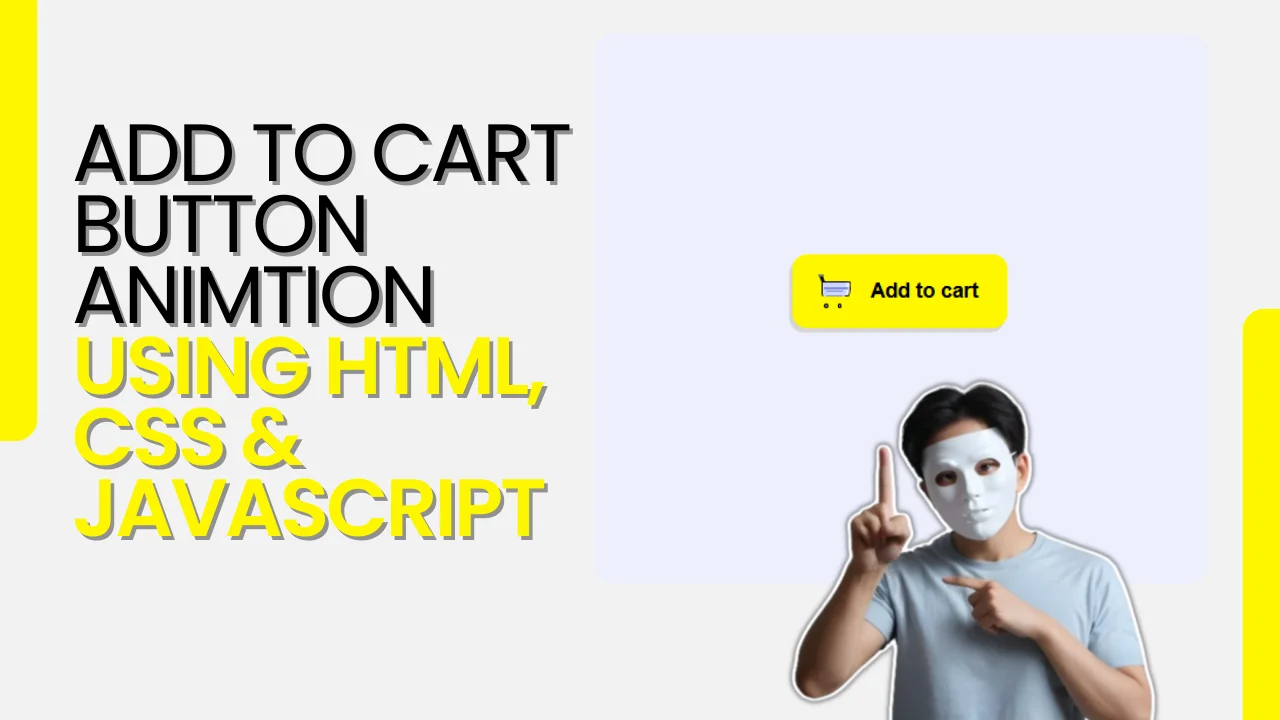I'm excited to show you how to run JavaScript programs in Notepad. This text editor is simple yet powerful. It's great for both beginners and experienced programmers.
JavaScript is key for web development. Knowing how to use it is vital for web developers. I'll cover JavaScript basics and why Notepad is a great choice for coding.
Let's start our journey into JavaScript programming in Notepad. Here, simplicity meets efficiency, leading to amazing results.
Understanding JavaScript and Notepad
Before we dive deeper into the process of running JavaScript in Notepad, let's first explore the basics. JavaScript is a widely-used programming language that has become an integral part of web development. It's primarily utilized for enhancing web pages and creating interactive user experiences.
What is JavaScript?
JavaScript is a versatile programming language that can be used to add dynamic functionality to web pages. It enables developers to create interactive features, such as drop-down menus, image sliders, form validations, and pop-ups. JavaScript can also be used for server-side programming, mobile app development, and even game creation.
Why Use Notepad?
Notepad, a simple text editor that comes pre-installed on Windows operating systems, may not be the most feature-rich editor. But it can still be used to create and run basic JavaScript programs. While there are more advanced code editors available, Notepad can be a useful tool for quick and simple JavaScript tasks, especially for beginners or those who prefer a minimalist approach.
In the next section, we'll explore the step-by-step process of running JavaScript programs using Notepad.
How to run JavaScript program in Notepad
Running a JavaScript program in Notepad is easy. It lets you write and run simple scripts without a big development setup. It's great for both new learners and experienced programmers. Here's how to do it step by step.
1. Open Notepad
- Click on the Start menu, search for “Notepad”, and open it.
- You’ll see a blank window where you can type.
2. Write a basic HTML file with JavaScript
Inside Notepad, type the following code exactly or if know how to write js code then write your own code.
 What this code does:
What this code does:
- It creates a basic HTML structure (
<!DOCTYPE html>,<html>,<head>,<body>). - Inside
<script>tags it writes a JavaScript command:alert("Hello, Coder Abhijit!"); - When this page opens in the browser, you’ll see a popup saying “Hello, Coder Abhijit!”.
3. Save the file appropriately
In Notepad, go to File → Save As…
Choose a folder (for example, your Desktop) so you can find it easily.
For File name, type:
hello.html(make sure you include.htmlnot.txt).For Save as type, choose All Files (not “Text Documents”).
Click Save.
If you accidentally saved it as
hello.html.txt, the browser might open it as plain text – so double-check the extension.
4. Open the file in the browser
Navigate to the folder where you saved
hello.html.Double-click it. The default browser will open.
You should see a popup alert “Hello, world!”.
If nothing happens, check back in Notepad: Did you save with
.htmlextension? Are the<script>tags correct?
5. Try changing the code
Open
hello.htmlagain in Notepad (right-click → Open with → Notepad).Change the alert message, for example:
alert("Welcome to JavaScript!");Save the file (File → Save).
Switch back to the browser and click Refresh (or press F5).
The new message should appear.
This is a great way to test, prototype, or learn JavaScript because it's easy and quick to set up.
Common mistakes and how to fix them
Saved as
.txtinstead of.html: Then browser shows code rather than executing it.
Fix: Save with.htmlextension and “All Files” type.Forgot
<script>tags: Browser won’t recognize the JavaScript.
Fix: Make sure you have<script type="text/javascript"> … </script>.File opened in editor instead of browser: You might double-click and it opens in Notepad again.
Fix: Right-click the file → Open with → Choose your browser.Syntax errors in code (like missing quote or parenthesis): JavaScript won’t run or will show an error in browser console.
Fix: Check your code carefully. You can open browser Developer Tools (usually F12) to see console errors.
While Notepad is simple, there are better code editors like Visual Studio Code or Sublime Text. They offer more features and tools for better JavaScript development. But, learning to run JavaScript in Notepad is a key skill for your programming journey.
Conclusion
Running JavaScript programs in Notepad is easy. Just follow the steps in this article to create, edit, and run JavaScript code. Notepad might not be the best for complex coding, but it's great for quick tests and simple scripts.
Knowing how to run JavaScript in Notepad is handy for developers. It lets you try out JavaScript without needing a full IDE. Learning the basics of running JavaScript program in Notepad helps you grow in web development.
Practice is key to getting better at running JavaScript in Notepad. The more you do it, the easier and faster you'll get. Start with this simple method and use it to reach your programming goals.
FAQ
Q: What is JavaScript?
A: JavaScript is a popular programming language. It's mainly used to make web pages more interactive and engaging.
Q: Why Use Notepad?
A: Notepad might not have all the features of other editors. Yet, it's still good for creating and running simple JavaScript programs.
Q: Why Use Notepad?
A: Notepad might not have all the features of other editors. Yet, it's still good for creating and running simple JavaScript programs.
Q: How do I run a JavaScript program in Notepad?
A: To run JavaScript in Notepad, follow these steps: 1. Open Notepad on your computer. 2. Create a new file and write your JavaScript code. 3. Save the file with a .js extension, like "myScript.js". 4. Open the file in a web browser by double-clicking or dragging it into the browser. 5. Your JavaScript code will run in the browser, and you'll see the results.
Q: Can I really run JavaScript code directly in Notepad?
A: No. Notepad is only a text editor — it doesn’t execute code. You can write JavaScript in Notepad, save it as an .html file, and then run it in a web browser like Chrome or Edge.
Q: Why do I need to save the file with an .html extension?
A: Because web browsers read .html files as webpages. When your JavaScript code is inside an HTML file (inside <script> tags), the browser knows to execute it.
Q: Can I run JavaScript without using HTML?
A: Yes, you can, but not directly in Notepad. You’ll need to install Node.js — a JavaScript runtime that lets you run .js files from your computer’s command line.
Q: Can I use Notepad++ instead of Notepad?
A: Yes. Notepad++ supports syntax highlighting for JavaScript, making your code easier to read and debug. It’s also free to download and use.
Q: Do I need internet access to run my JavaScript program?
A: No. You can write and run basic JavaScript code completely offline — your web browser handles everything locally.
Q: Where does JavaScript actually run when I open the HTML file?
A: When you open your file in a browser, the browser’s JavaScript engine (like V8 in Chrome) executes your code directly on your computer.









Leave a Reply